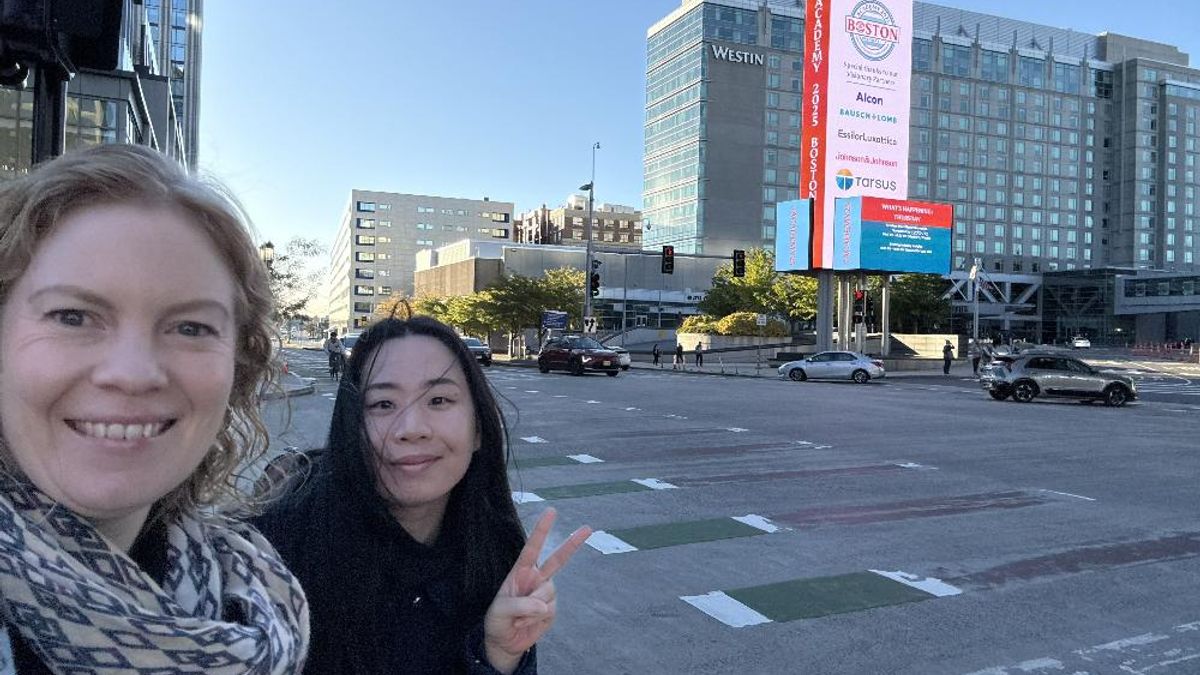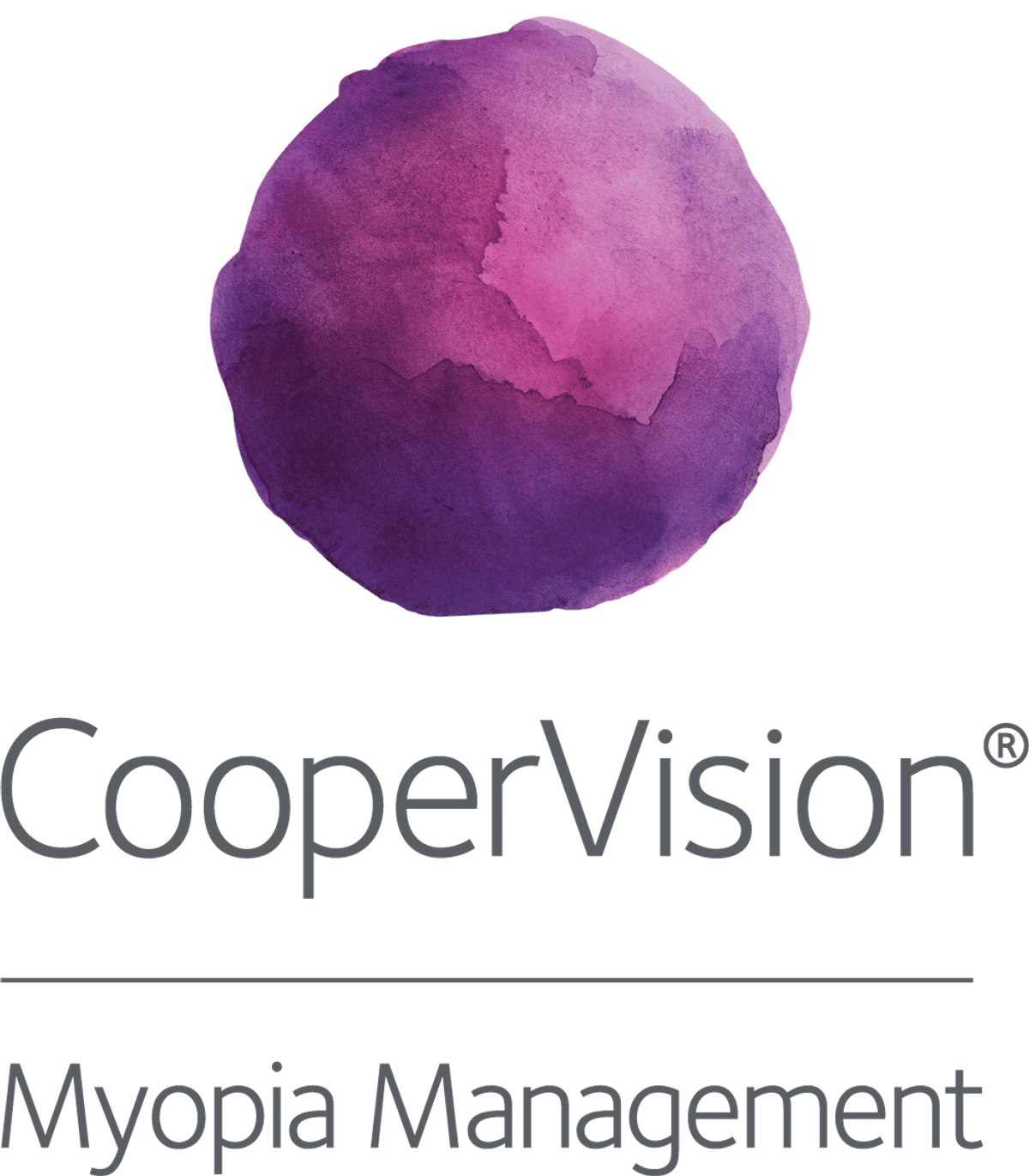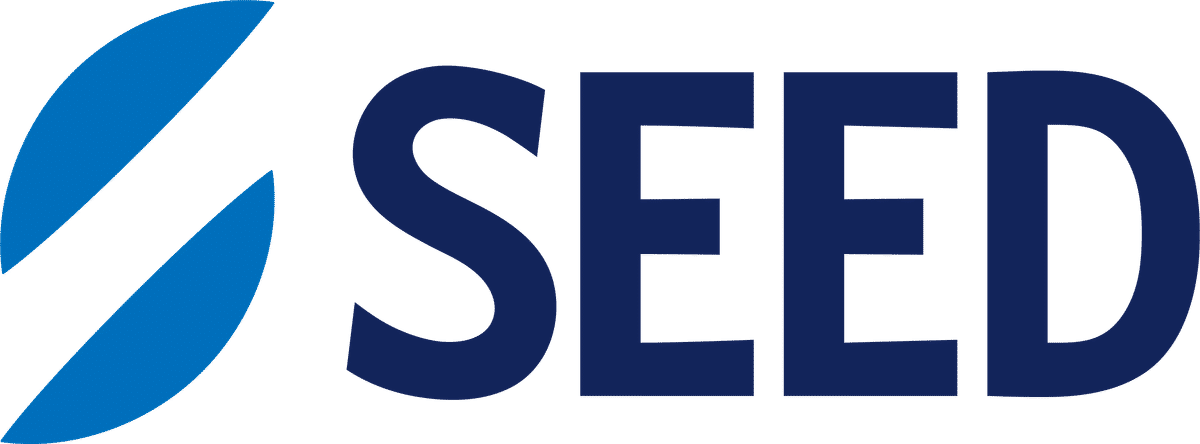Science
AAO Recap #2 - Myopia Profile in Boston

In this article:
This article focuses on what the Myopia Profile team contributed across the American Academy of Optometry (AAO) annual meeting in Boston, USA which was held from the 8th to 11th October, 2025.
The recent American Academy of Optometry (AAO) 2025 annual meeting in Boston, USA brought together clinicians, researchers, and educators from around the world to share the latest in optometry. The Myopia Profile team was there throughout the week, contributing to lectures, classroom exchanges, and research presentations that reflected our ongoing mission to lead and support evidence-based myopia management. This article is part two of a three-part series, bringing together key updates and research summaries on myopia from AAO 2025. In this article, we focus on Myopia Profile’s contributions across the meeting.
An Ounce of Prevention Is Worth a Pound of Cure
Kate Gifford (pictured above at the podium) joined Mark Bullimore (middle) and Olga Prenat (right) to deliver a packed session on the identification and management of pre-myopia.
The packed-to-the-walls session - one of the most highly attended of the conference - highlighted that delaying myopia onset by just one year can reduce final myopia by up to 0.75 D in children of Asian ethnicity, equivalent to two to three years of myopia control treatment. Key risk factors outlined for myopia development include parental history, limited outdoor time, intensive near work, specific binocular vision anomalies, and low hyperopia at baseline.
The discussion drew on data from the CLEERE study, which defines low hyperopic reserve as less than +0.75 D at ages 6–7, and newer Chinese data suggesting thresholds closer to +1.50 to +2.00 D for children of similar age. Preventive strategies were strongly emphasised:
- Outdoor time — aiming for an average of at least two hours daily — remains the most robust preventive measure.
1 - Near work parameters such as working distance and duration should be managed proactively.
2 - Emerging treatments for pre-myopia include low-dose atropine, repeated low-level red light (RLRL) therapy, and highly aspherical lenslet (HAL) spectacle lenses in plano power.
Introducing ‘Ask Kate’: Myopia Profile’s New GenAI for Professional Education
Kate Gifford also presented a pilot study introducing Ask Kate, our new GenAI agent developed with Jeanne Saw, Brian Peng, and Paul Gifford. The name ‘Ask Kate’ pays tribute to Kate Gifford’s role as editor of nearly all 600+ Myopia Profile articles used exclusively to train the system.
The project compared Ask Kate with five commonly used generative AI platforms (ChatGPT, Gemini, Claude, Copilot, and DeepSeek) and asked each 14 standardized questions. A masked expert grader then assessed each response for correctness, coherence, thematic accuracy, and overall quality across 84 total responses.
Results showed that Ask Kate performed more accurately than four of the other standard AI platforms. Gemini had similar accuracy to Ask Kate but used five times as many words on average. Ask Kate’s concise, content-focused and referenced style allows for efficient, trustworthy answers sourced solely from MyopiaProfile.com articles — ensuring no “hallucinated” or fabricated information.
Read more about Ask Kate in our press release and LinkedIn post from AAO2025. You can also register your interest for our next wave of access here.
Compelling Cases in Myopia Management
In one of the liveliest sessions of the conference, Kate Gifford and Jeanne Saw led an Academy Classroom Exchange titled Compelling Cases in Myopia Management. The interactive discussion focused on complex cases that fall outside the boundaries of randomized controlled trial evidence — those “real-world” presentations that challenge the limits of existing evidence.
Four key clinical themes were explored:
- Managing the astigmatic myope: Kate emphasised that while we often see myopia progression in the spherical component of refraction, astigmatism progression is not usual and should prompt further investigation. She described the case of 10-year-old Ben who was a progressive myope with low-to-moderate astigmatism.
- Managing anisometropia: Jeanne discussed the limitations of the evidence for managing anisometropia - including supportive data for orthokeratology and highly aspherical lenslet (HAL) spectacles - and presented the case of Alice who was a unilateral myope. One audience member asked if atropine were prescribed, would it be for one eye or both eyes? This prompted discussion of the clinical considerations of unilateral vs bilateral treatment in atropine, contact lenses or spectacles, given one myopic and one pre-myopic eye in the same patient.
- Managing binocular vision: Kate explored the case of Sam, an 8-year-old myope with intermittent exotropia. The debate centred on whether to prioritise myopia control or binocular vision management; most agreed both required equal attention.
- Managing outcomes: Jeanne presented the final case of Sophie, an 11-year-old moderate myope prescribed myopia control soft contact lenses but still progressing. We talked about determining good vs poor myopia control outcomes and what should prompt the decision to switch.
Overall, although these cases lie outside the evidence base for specific myopia control interventions, this does not preclude their use; rather, it indicates that outcomes may not align with those observed in evidence-supported populations, and expectations should be carefully discussed accordingly.
Final thoughts
AAO 2025 was a big week for the Myopia Profile team — full of energy, learning, and connection. From sharing insights on pre-myopia management and real-world clinical decision-making to introducing our new GenAI tool ‘Ask Kate’, it was inspiring to be part of so many conversations shaping the present and future of myopia care.
Meet the Authors:
About Jeanne Saw
Jeanne is a clinical optometrist based in Sydney, Australia. She has worked as a research assistant with leading vision scientists, and has a keen interest in myopia control and professional education.
As Manager, Professional Affairs and Partnerships, Jeanne works closely with Dr Kate Gifford in developing content and strategy across Myopia Profile's platforms, and in working with industry partners. Jeanne also writes for the CLINICAL domain of MyopiaProfile.com, and the My Kids Vision website, our public awareness platform.
References
- Xiong S, Sankaridurg P, Naduvilath TJ, et al. Time spent in outdoor activities in relation to myopia prevention and control: a meta-analysis and systematic review. Acta Ophthalmol. Sep 2017;95(6):551-566. [link]
- Li SM, Li SY, Kang MT, et al. Near Work Related Parameters and Myopia in Chinese Children: the Anyang Childhood Eye Study. PLoS One. Nov 2025;10(8):e0134514. [link]
Enormous thanks to our visionary sponsors
Myopia Profile’s growth into a world leading platform has been made possible through the support of our visionary sponsors, who share our mission to improve children’s vision care worldwide. Click on their logos to learn about how these companies are innovating and developing resources with us to support you in managing your patients with myopia.












